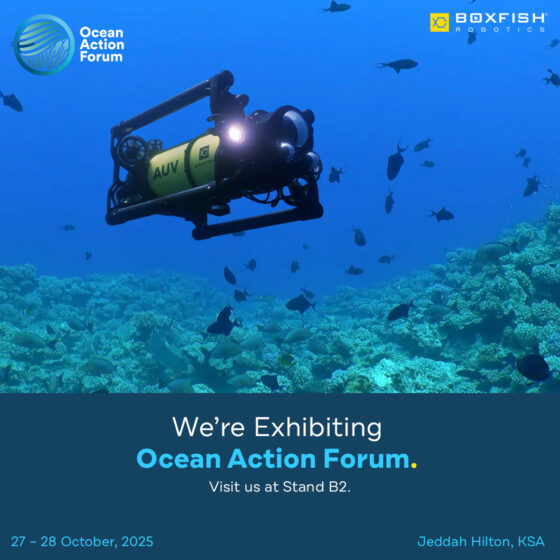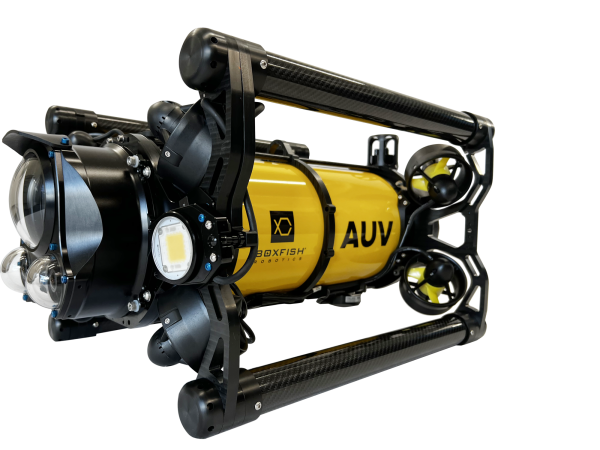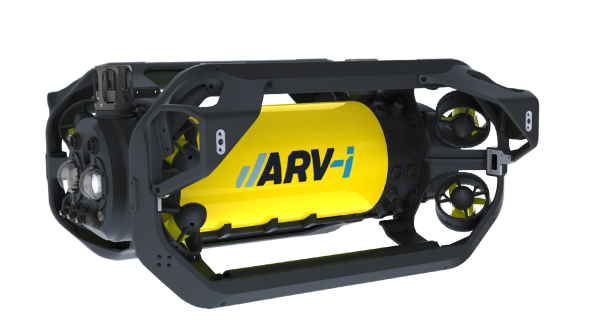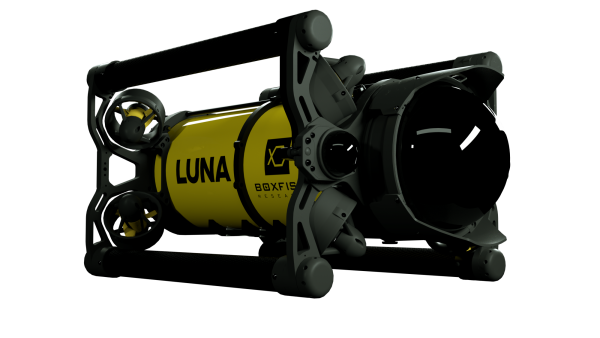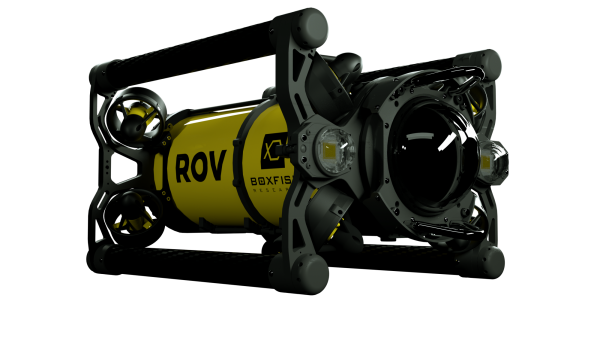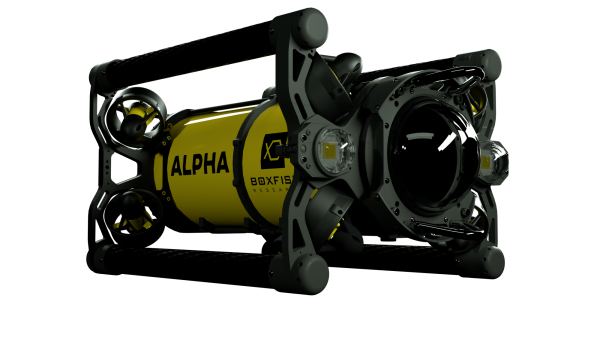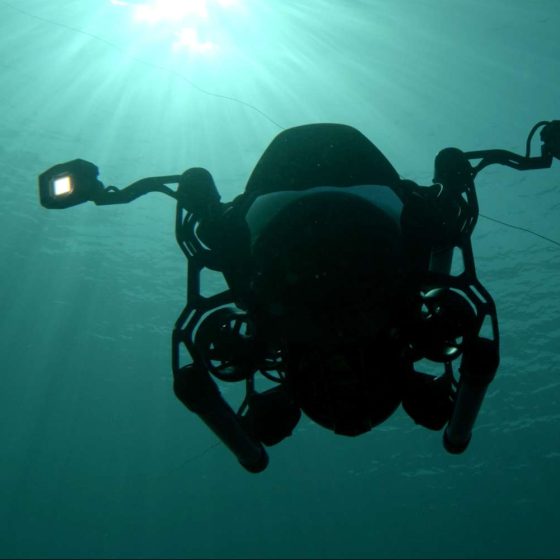Underwater cinematography comes with its own set of challenges, especially when it comes to achieving smooth footage. The Boxfish Luna ROV is designed to offer excellent stability underwater, but further post-stabilisation techniques can help elevate the quality of your footage. Zach Melnick, expert in aerial and underwater videography, shared the techniques he uses to achieve drone-like smoothness beneath the surface.
Zach shared two main methods for post-stabilising underwater footage: Sony’s Catalyst software and the open-source Gyroflow tool, which utilizes the gyroscopic data captured by the camera to stabilise video. Watch the video to learn how to achieve professional-quality underwater shots with these techniques.
